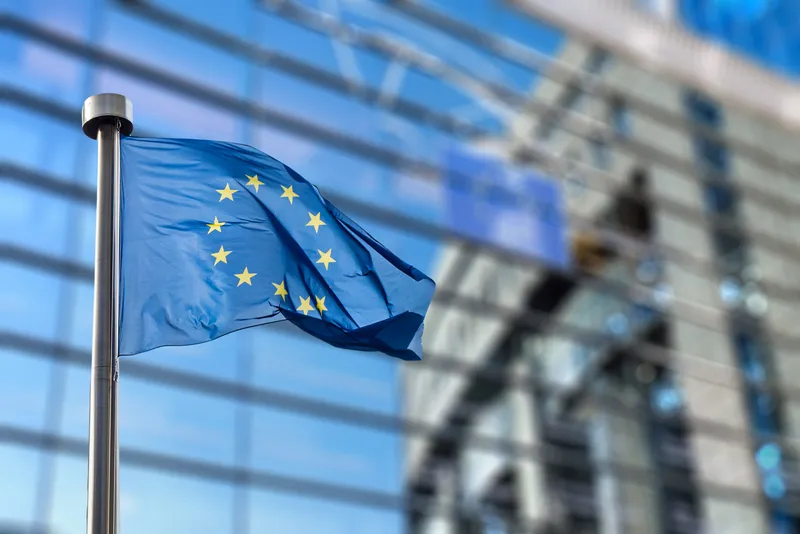Improvements in maximising the use of EU funding are needed to reduce disparities in infrastructure development between Central and Eastern Europe and the rest of the EU, MEPs say in an own-initiative report voted in the Transport and Tourism committee on Monday. EU member states and the European Commission should focus on completing the TEN-T corridors, bridging missing links, removing bottlenecks and improve connections between different modes of transport.
To date, most of the transport infrastructure
September 30, 2016
Read time: 2 mins
Improvements in maximising the use of EU funding are needed to reduce disparities in infrastructure development between Central and Eastern Europe and the rest of the EU, MEPs say in an own-initiative report voted in the Transport and Tourism committee on Monday. EU member states and the European Commission should focus on completing the TEN-T corridors, bridging missing links, removing bottlenecks and improve connections between different modes of transport.
To date, most of the transport infrastructure projects planned to be financed by European Fund for Strategic Investments (EFSI) are found in Western Europe and use of EU funds has not been maximised, transport MEPs note in the report on improving the connection and accessibility of the transport infrastructure in Central and Eastern Europe (CEE), adopted with 28 votes in favour, four against and two abstentions.
Capacity building and technical assistance is needed and the Commission should encourage investors to support project platforms to focus on CEE transport infrastructure projects, they say, adding that member states and the Commission should ensure synergies of EU funding instruments to improve their use in infrastructure projects in CEE.
The report says joining up the trans-European transport (TEN-T) network is an important basis for the economic growth of regional centres and development of cross-border road and rail connections and removing bottlenecks and bridging missing links is essential, stressing that use of EU funds must reflect the real investment needs for completing the TEN-T core network.
Transport MEPs are also calling for improvements in connections between different transport modes, including inland waterways, ports and airports, as well as modernisation of existing road and rail infrastructure and investment in cross-border rail networks.
To date, most of the transport infrastructure projects planned to be financed by European Fund for Strategic Investments (EFSI) are found in Western Europe and use of EU funds has not been maximised, transport MEPs note in the report on improving the connection and accessibility of the transport infrastructure in Central and Eastern Europe (CEE), adopted with 28 votes in favour, four against and two abstentions.
Capacity building and technical assistance is needed and the Commission should encourage investors to support project platforms to focus on CEE transport infrastructure projects, they say, adding that member states and the Commission should ensure synergies of EU funding instruments to improve their use in infrastructure projects in CEE.
The report says joining up the trans-European transport (TEN-T) network is an important basis for the economic growth of regional centres and development of cross-border road and rail connections and removing bottlenecks and bridging missing links is essential, stressing that use of EU funds must reflect the real investment needs for completing the TEN-T core network.
Transport MEPs are also calling for improvements in connections between different transport modes, including inland waterways, ports and airports, as well as modernisation of existing road and rail infrastructure and investment in cross-border rail networks.








